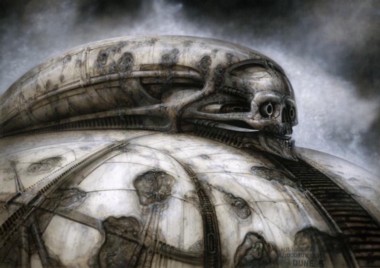Truth be told, I’ve always been a basketball man. I had the standard brief flirtations with soccer and tennis that many American youths of my era did before sports more familiar to my parents took over: first it was baseball; later, as my natural lankiness took hold, the squeak of sneakers against hardwood called.
But if something about that game always felt more right to me—never comfortable with the spotlight of the batter’s box, I flourished as an assist man on the court—I was never in doubt that, for most people, basketball always played second fiddle to the sandlot.
And indeed, when one considers the great social upheavals of our last century, many of them have played out in the clubhouses and tunnels of baseball clubs, as well as on the field in front of not always hospitable crowds. I’m sure many have written of the history of baseball as a microcosm of American history—of integration, striving, and succeeding on one one’s merits—and found that there are many more such stories yet to tell. This week, Amherst Cinema hosts a screening that tells one of those bits of American legend.
It happens on Tuesday evening at 7 p.m., when the theater screens The Natural as part of the People of the Book series, a periodic gathering originally designed to discuss themes in Jewish literature but here extended to the film world. Filmgoers may be surprised to learn that Barry Levinson’s 1982 film (starring a honey-hued Robert Redford as baseballer Roy Hobbs) is based on the 1952 novel of the same name by Bernard Malamud, an American Jewish author whose later novel The Fixer, about anti-semitism in czarist Russia, went on to win a National Book Award and the Pulitzer Prize for Fiction.
Hobbs’ story is based on the life of Eddie Waitkus, a mid-century ballplayer whose promising career was interrupted twice: once by World War II, when he was sent off to fight in the Philippines; and a second time by Ruth Ann Steinhagen, a crazed fan who shot Waitkus at a Chicago hotel in 1949. Malamud’s novel is not a biography, but more of a morality tale inspired by Waitkus’ story and blended with other bits of baseball lore. On hand to discuss the film and its connections with Malamud’s book is Dr. Ilan Stavans of Amherst College. What more fitting start to spring in New England?
Also this week: For every film that gets made, you can be sure there are a thousand stories behind the ones that never made it to the screen. One of the most interesting finally gets its day when Jodorowsky’s Dune comes to area screens.
Nearly four decades ago, Chilean director Alejandro Jodorowsky embarked on a mission to adapt Frank Herbert’s classic sci-fi novel Dune for the big screen. His vision included music by Pink Floyd, art design by HR Giger (Alien) and French comic artist Moebius, and a cast that included Orson Welles, Mick Jagger, Salvador Dali and the director’s 12-year-old son Brontis—who went through two years of martial arts training for his role. The film was never made.
But Jodorowsky director Frank Pavich chooses to focus not on that absence, but on the rich legacy that the preparations for that never-realized film left behind. The creative process that the Dune project sparked in so many artists would go on to influence films like Star Wars, Alien and many more for years to come. Like an exploded star that has long since ceased to exist, its light continues to filter down to us today, offering a hint at some mystery we can never fully solve.•
Jack Brown can be reached at cinemadope@gmail.com.



